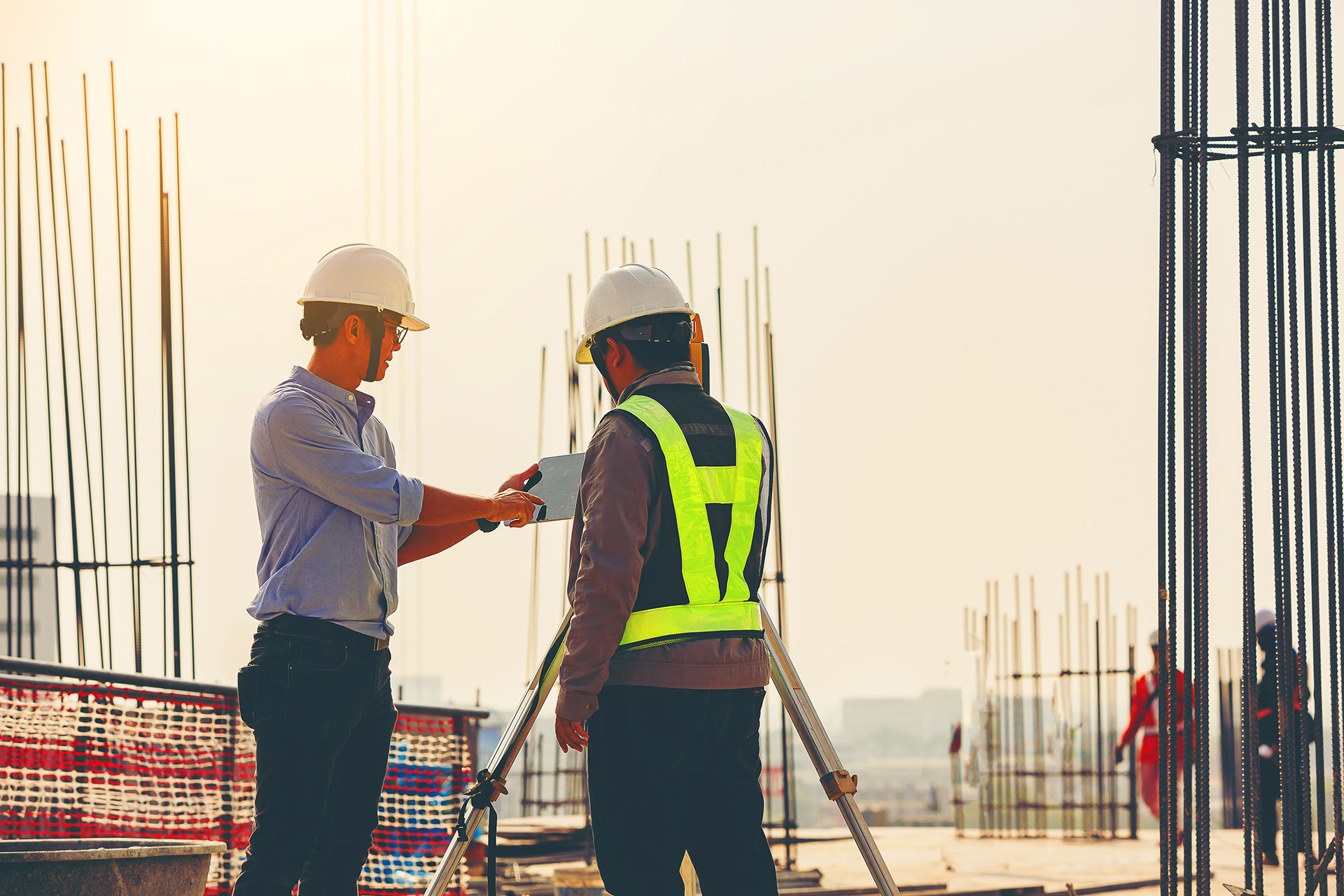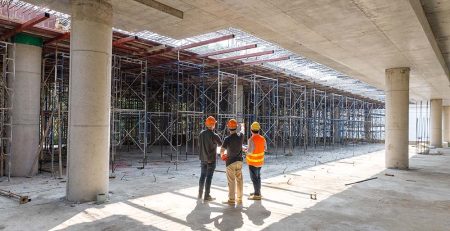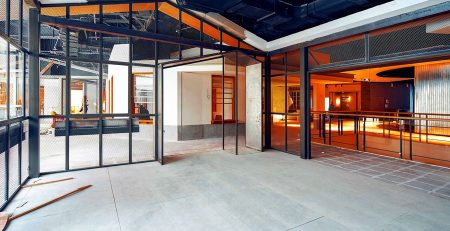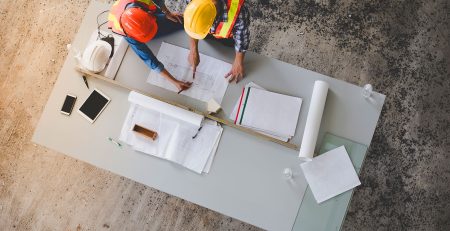How to Design Buildings for Extreme Weather Conditions?
Nature doesn’t play fair. Hurricanes tear through coastal cities. Heat waves stretch power grids to their limits. Heavy snow loads crack roofs that weren’t built for the weight.
Buildings aren’t just structures—they’re shields. And when extreme weather hits, only the strongest designs hold the line.
Resilience Starts With the Right Materials
Not all materials stand up to the elements. Some crack under pressure. Others corrode, weaken, or absorb too much moisture. Choosing the right materials makes all the difference.
- Concrete and reinforced steel withstand hurricane-force winds.
- Impact-resistant glass keeps windows from shattering in storms.
- Fire-resistant insulation protects against wildfires and extreme heat.
- Flexible materials like composite joists allow for movement without failure in earthquake-prone areas.
The goal? Strength where it counts. Flexibility where it’s needed. A balance between endurance and adaptability.
Building for Wind, Rain, and Everything In Between
Extreme weather isn’t one-size-fits-all. A structure in a hurricane zone faces different threats than one built for deep-freeze winters. Smart design accounts for regional risks and adapts accordingly.
- Hurricane-resistant buildings use aerodynamic shapes, reinforced concrete walls, and roofs anchored to withstand up to 200 mph winds.
- Flood-prone structures rely on elevated foundations, water-resistant materials, and smart drainage systems.
- Seismic-resistant buildings incorporate shock-absorbing bases and flexible framing to move with the ground instead of fighting against it.
- Desert environments demand heat-reflective materials and ventilation strategies that keep interiors cool without relying entirely on power-hungry AC units.
A building that ignores its environment is a liability. A building designed for its climate is a fortress.
Smart Technology, Smarter Structures
Modern buildings aren’t just stronger—they’re smarter. Self-healing concrete repairs cracks before they spread. Dynamic facades adjust to wind and temperature changes. Advanced drainage systems redirect stormwater before it floods streets and buildings.
When design meets innovation, structures don’t just survive extreme weather—they thrive in it.
Conclusion
Extreme weather isn’t a rare event anymore. It’s happening now, more often, and with more intensity. Designing buildings to handle it isn’t optional—it’s essential.
The strongest buildings aren’t just built to last. They’re built to adapt, resist, and endure whatever the world throws at them. Because when nature is at its worst, the best designs rise to the challenge.











